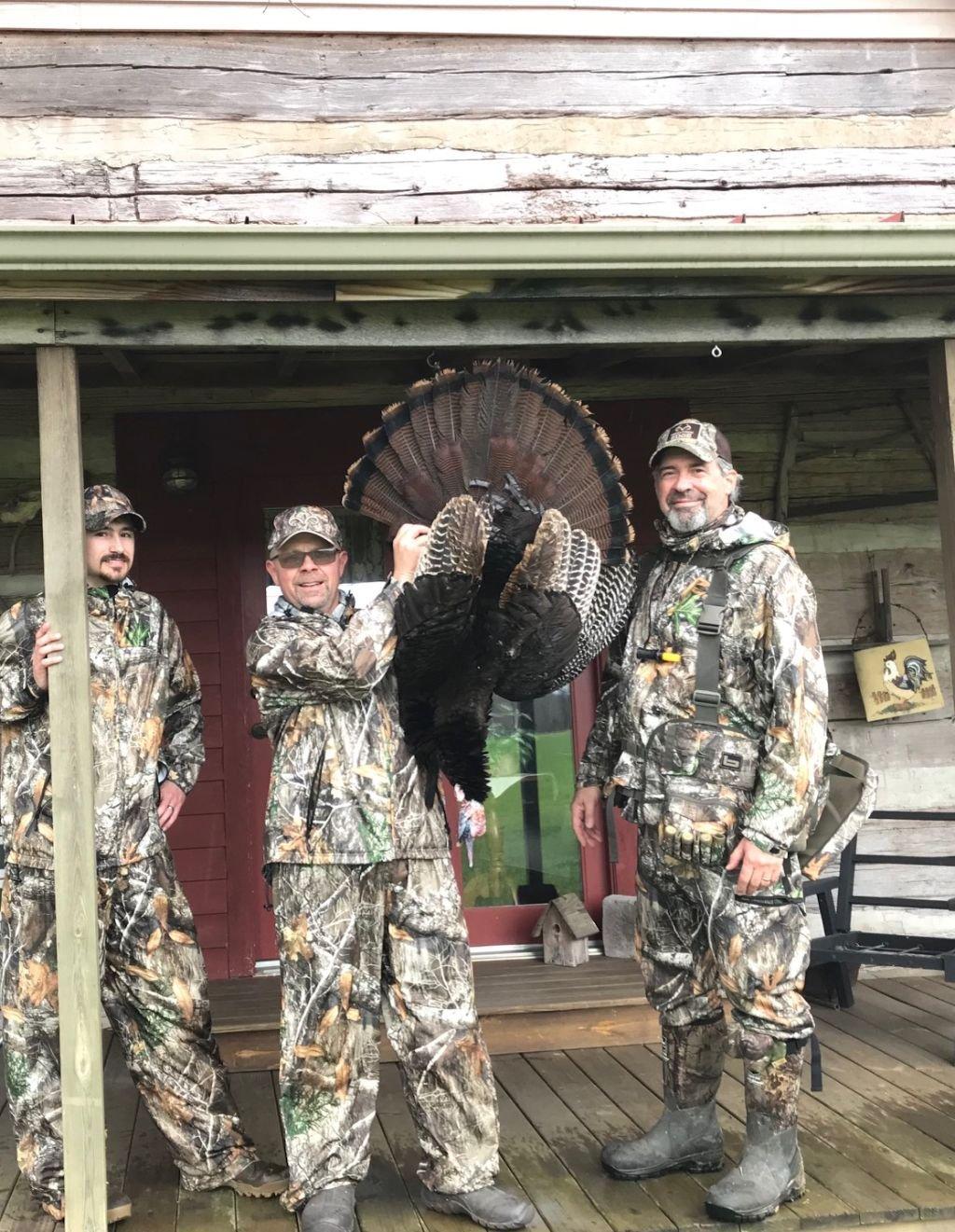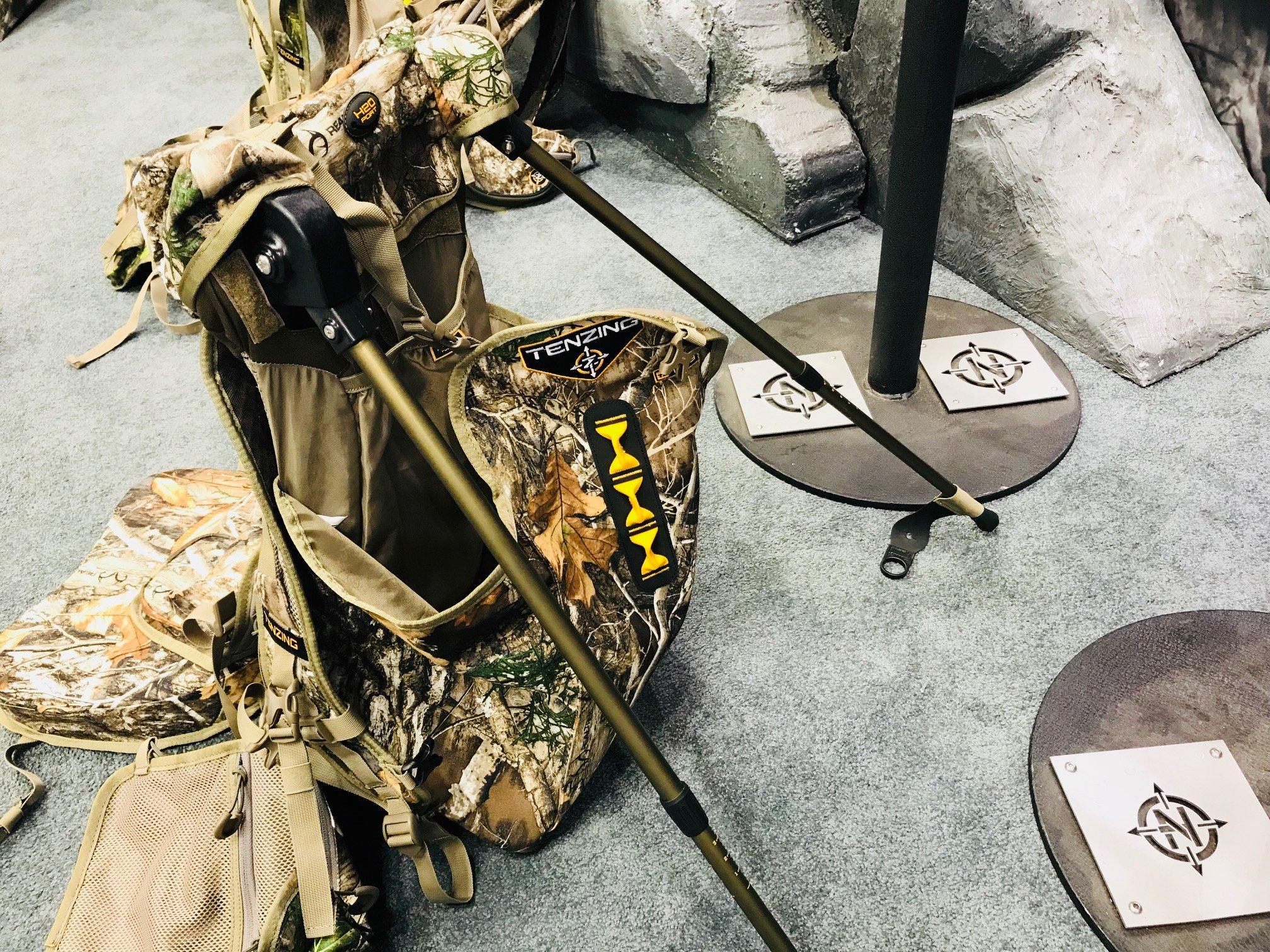Do You Hunt Big Timber for Spring Turkeys?
On the road, around the country, I'm often out there well before fly-down time.
Locally, in Maine where I make my home base, I often don't leave the cabin until an hour or two after fly-down. That's what I did on opening day.
Why? The early window of time lets me get some work done. After, I'll slip on out for a few hours of flash hunting, first settling the bird dogs (both English setters seem to wonder why I'm leaving without them). If you've got gun dogs you know what I mean.
Timber Hunts
Plus, if you head out a bit later in the morning, it can give you an idea where hunters are and aren't.
It's almost a given: If turkey hunters have seen strutting gobblers in fields from the distant road (or not-so-distant highway) they'll likely seek access to that spot.
Some lucky person is going to find a legal bird in range (or not), even if they have to listen to all manner of other hunters locator calling and yelping to turkeys. Especially on opening day.
That's cool. That's fine. I'm not here to judge.
But I like a pure turkey hunt. I find that in timber if I'm lucky.
Timber hunts are funny though. Birds aren't contained in open fields where they gather after fly-down from the near woods. They're everywhere, anywhere, sometimes roosting over water sources, or in little open fields inside timber, and sometimes not, and often on the move.
I like that.
Covering Ground
Covering ground in big timber is an exercise in patience and faith. You look for evidence on the ground (droppings, scratchings, feathers, dusting areas).
You owl hoot. Or if you're like me, you crow call up in the day, after arriving a few hours into legal shooting. Or you yelp a bit as a locator call.
Striking a bird and getting one to gobble is a lesson in success.
Over the years, I've had gobblers come in hard, but have been unable to see them with the leafed-out cover. I've had timber gobblers thundering in the woods, waiting for the calling hen (me) to show, only to move on like smoke. These are cagey longbeards, coyote smart, and they've beaten me as often as not.
Still, I love the memories of those hunts.
This Time
This time I cruised to a local timber location, and found three gobblers, all alone. My pulse quickened as I tried to calm down, knowing I'd have to do a big loop around the birds to get on the other side. Once there, I'd slip in close using terrain and try to call the trio up.
Clifton's Kentucky Gobbler
We'd used this tactic in Kentucky earlier in the season: drop down below a strutter we'd seen in a pasture corner with a hen (so the birds couldn't see us), hike the hill, fishhook around the bird and slip in down below to call it up.
With this approach, Josh Honeycutt, Dodd Clifton and I managed to get a nice bird by the feet after we called in two lead hens, with two longbeards following (one strutting, one not).
Clifton made a super shot on the strutting tom. Good stuff.
But back to my Maine hunt. So I made the long, steady walk around to the other side of these gobblers, through timber, out of sight but within listening distance.
I heard the three gobbling on their own to crow calls (not mine), a pileated woodpecker's junglelike call (also not mine), and it truly felt like this might actually work. I hadn't been busted on the way in, avoiding sticks underfoot and missteps.
There were no hunters in sight.
I kept easing along, slipping through timber, using cover to hide my approach. Gobbling continued. I eased closer, moving slowly, steadily.
The Right Tree
All of you run-and-gunners know finding the right tree for your setup is everything. You've got to do it fast when birds are hammering nearby. I scanned the woods (as the turkeys gobbled in place, under 100 yards away now).
Where might they come in when I called? Did I have shooting lanes? I finally picked the right tree (it's a gut feeling, eh), sat down, folding out the seat cushion on the new Tenzing turkey vest I'm using this year.
I took a deep breath. I took another. I slipped a pot and peg call out, and ran a series of soft yelps, eventually rising into some cutting and trailing off with yelps and clucks.
The gobblers cut me off, hammering hard, hooked. I laid the call down in easy reach. Honestly, I felt like they might come. No more calling needed.
I laid on some serious silence.
For a few long minutes they gobbled hard but didn't budge. And then the gobbling came closer, and closer. I studied the little rise where I hoped the birds would come in.
And of course they had other plans.
End Game
Suddenly the gobblers were standing there, studying the woods for the hen I'd imitated, staring, silent.
Game on.
No decoys. No blind. Just me, the big timber, turkeys.
And here they came, hard left, bit of a tougher shot than I'd hoped for, looking for the hen I'd imitated. Like you, I quickly picked out a number of trees I hoped at least one gobbler would pass behind so I could get my shotgun up from my knee and make the killing shot.
Two bearded spring birds are legal in my Maine WMD. Moving only my eyes, I realized all three were longbeards. Yeah, my pulse quickened a little more. Steady now. Focus.
I slowly flowed my shotgun muzzle with the moving birds as all three passed behind timbered cover and trees.
When the lead longbeard stepped out where I wanted it to, I aimed and dropped the bird.
I didn't move. That's when the second gobbler in line alarm putted and high-stepped in my direction. Fast. At around 10 yards (way too close) I shot it — but not quite as well as I'd hoped. The next volley dropped the bird.
Wow.
And let's just say the Tenzing vest handled one longbeard just fine as I toted the other one over my shoulder.
Timber hunts rule.
Don't Miss: How to Hunt Big Timber Turkeys
More Realtree turkey hunting. Follow us on Facebook.










